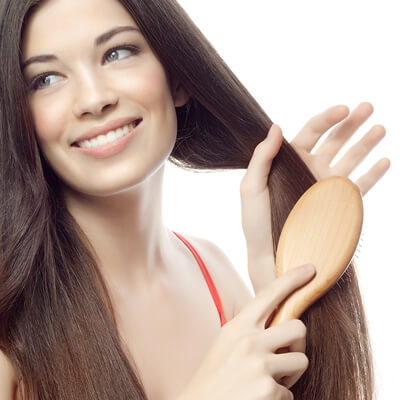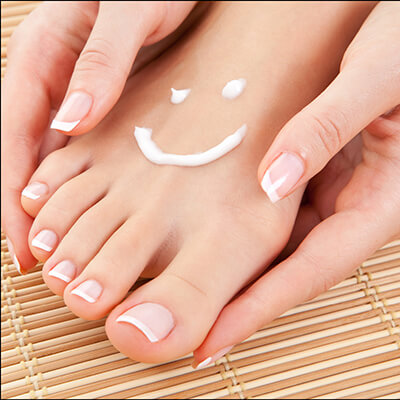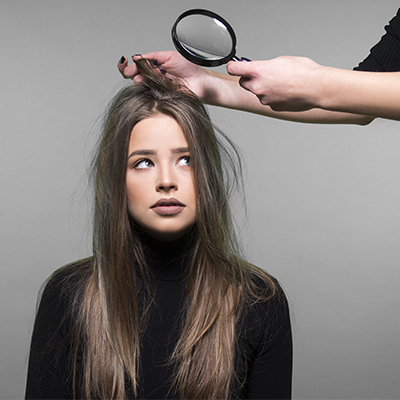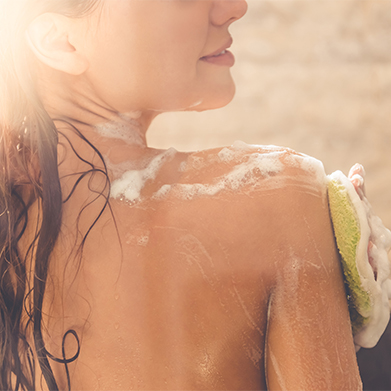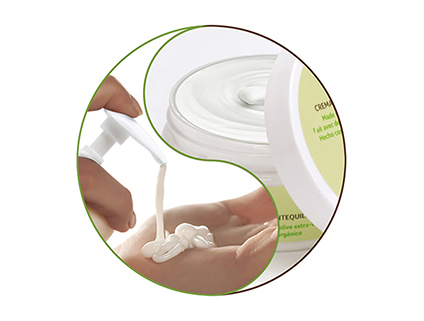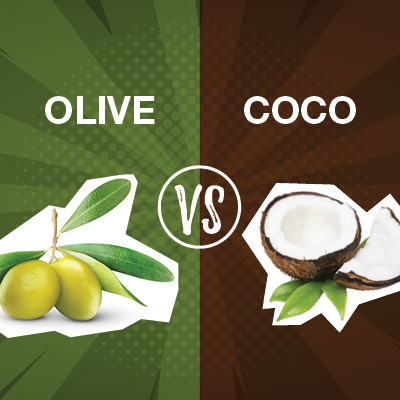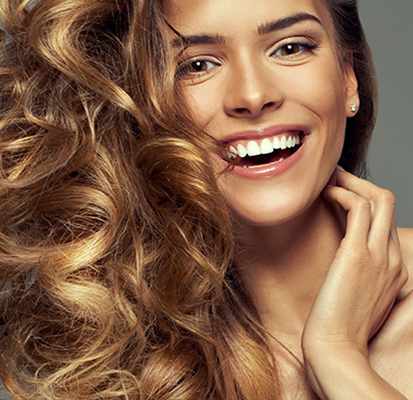3 Powerful Ways To Invest In Yourself Now That Will Change Your Life Forever
Mindbodygreen and lululemon are specialists in the field of well-being. Here’s an excerpt from a recent article they published and that we wanted to share to our French, English and Spanish readers. At Néolia, we really do believe that investing in yourself is no luxury in 2018 and that everyone should take some time to unwind and have fun. Here are a few simple ideas to get you started…
We all get caught up in our routines: We wake up, go to work, do a couple of errands, make dinner, and repeat the cycle all over again the next day. Our wants and needs often take the back burner to the more practical and pressing matters of life.
But the truth is, you are the most important investment if you want to live a long, healthy, and meaningful life. Self-care is the new health care, after all—and it’s not a selfish act. If you are depleted, distracted, and uninspired, you’ll have an energy-draining effect on those around you, but if you’re fulfilled, enthusiastic, and purposeful, you have the power to lift others up along with you.
So what are some of the most powerful “self-investments” you can make that will pay off in the long run? The beauty is that there are so many options, and they don’t have to be over-the-top indulgences. Here are simple ways to invest in yourself that can boost happiness, improve physical and mental well-being, and lead to an overall more balanced life.
Exercise
Physical activity is one of those no-brainer investments in your health. In addition to being associated with an increased lifespan and reduced risk of all sorts of diseases (from diabetes to arthritis to heart disease), moving your body more is equally beneficial for the body and mind.
Research has shown that regular exercise can reduce anxiety, improve memory and thinking skills, improve sleep quality, and be as effective for treating depression as prescription drugs. It’s also one of the most effective ways to clear cortisol (the stress hormone) from the body, helping you better cope with the more challenging moments in life. The best part? You don’t have to run a marathon or do an intense boot camp workout to experience these perks. Current recommendations say to aim for at least 30 minutes of exercise every day to reap the benefits, but if you are truly enjoying the type of exercise you do, chances are you’ll far exceed that.
Try New Things
What gets you up in the morning? What lights your creative fire? What do you need to do to feel whole? The truth is, you don’t really know until you’ve experienced it. That’s why making a commitment to learning new skills and engaging in fresh experiences is so important. That might mean taking a cooking class, going for your yoga teacher certification, traveling solo, or starting a blog.
In the short term, trying new things like these might make you uncomfortable, and that’s completely normal. But the more you commit to doing things that aren’t part of your regular routine, the more you’ll let go of the fear and prevent it from holding you back. Stepping out of your comfort zone can also reveal previously unknown talents and passions you might have, helping reveal what you’re really supposed to do with your life and giving you a greater sense of purpose.
Invest in Meaningful Relationships
As an adult, it can be really hard to make friends. Oftentimes, building new relationships requires a giant step outside of your comfort zone, to the point where it can seem hopeless to even make the effort. However, research shows that the effort is worthwhile in the long run. Studies have found that having more friends makes you significantly happier, which, in turn, is associated with a longer lifespan.
However, as an adult, opportunities to meet new people seem to be few and far between compared to our childhood days. The solution: Put yourself out there and consider signing up for an event, workshop, or retreat where you’re more likely to meet like-minded people with whom you can have meaningful conversations about things you both enjoy.


